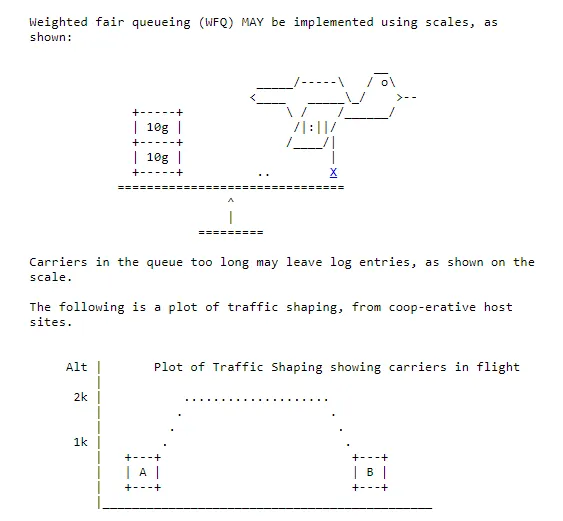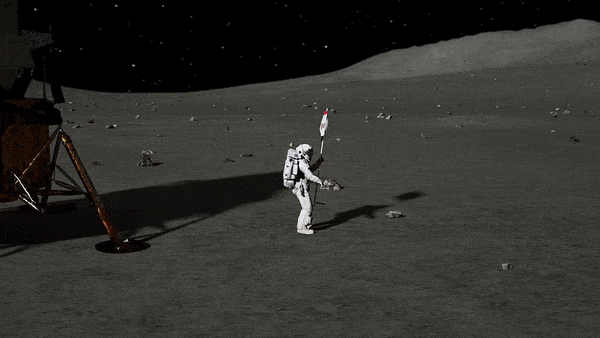Back in 1990, when the World Wide Web was still in its cradle, and the Internet was still the playground of universities and other research institutions, one man dreamed of of a revolutionary new technology. On April 1, 1990, David Waitzman released RFC 1149, A Standard for the Transmission of IP Datagrams on Avian Carriers. <src>
For those of you who do not know, an RFC or Request For Comments are the method by which Internet technologies are proposed, and standards are adopted.

Photo by Genaro Servín
As indicated in the following section, birds have some intriguing qualities with regard to transmitting data.
Avian carriers can provide high delay, low throughput, and low
altitude service. The connection topology is limited to a single
point-to-point path for each carrier... The carriers have an intrinsic collision avoidance system, which increases availability... Connection oriented service is available in some cities, usually based upon a central hub topology.
In the following excerpt, from this pivotal RFC, it was suggested that Internet protocol packets could be transcribed onto a slip of paper, and duck taped to the leg of a bird (avian carrier).
The IP datagram is printed, on a small scroll of paper, in
hexadecimal, with each octet separated by whitestuff and blackstuff.
The scroll of paper is wrapped around one leg of the avian carrier.
A band of duct tape is used to secure the datagram's edges. The
bandwidth is limited to the leg length. The MTU is variable, and
paradoxically, generally increases with increased carrier age. A
typical MTU is 256 milligrams. Some datagram padding may be needed.Upon receipt, the duct tape is removed and the paper copy of the
datagram is optically scanned into a electronically transmittable
form.

https://tools.ietf.org/html/rfc2549
RFC 1149 was later updated on April 1, 1999 by Waitzman via RFC 2549, to include quality of service features, as portrayed by these complex diagrams.
In 2011, this revolutionary technology was adapted to IP version 6 by Brian Carpenter and Robert M. Hinden via RFC 6214. As you may be well aware, with the impending exhaustion of IPv4 addresses, it was vital that such a robust method of data transmission be available. This RFC also included the implementation of tunneling, with the following paragraph.
There is evidence that some carriers have a propensity to eat other
carriers and then carry the eaten payloads. Perhaps this provides a
new way to tunnel an IPv4 packet in an IPv6 payload, or vice versa.

<img src>
With current technology, avian carriers are now capable of transmitting terabytes of encrypted data using NAND flash memory.
Thanks for reading about this little known, but vital Internet technology. If you are interested in other related technologies, I suggest you visit the RFC database at https://ietf.org/standards/rfcs/.

© 2020 @Convergency Consulting Group, LLC All rights reserved.

(gif courtesy of @thepeakstudio)
Also please consider giving us a vote, follow, or reblog on Hive via Peakd at: @convergency
Posted from my blog with SteemPress : https://convergencyconsulting.com/internet-by-carrier-pigeon